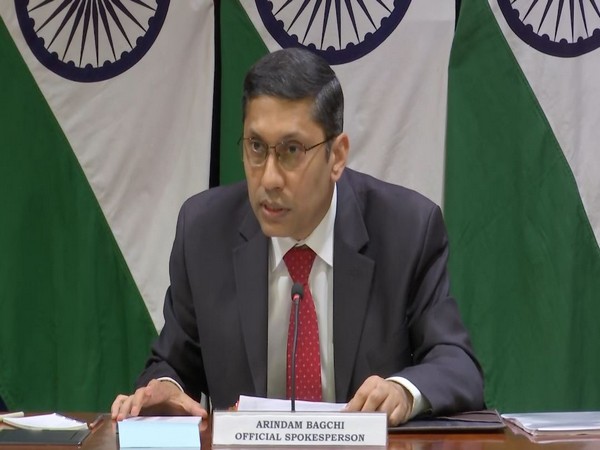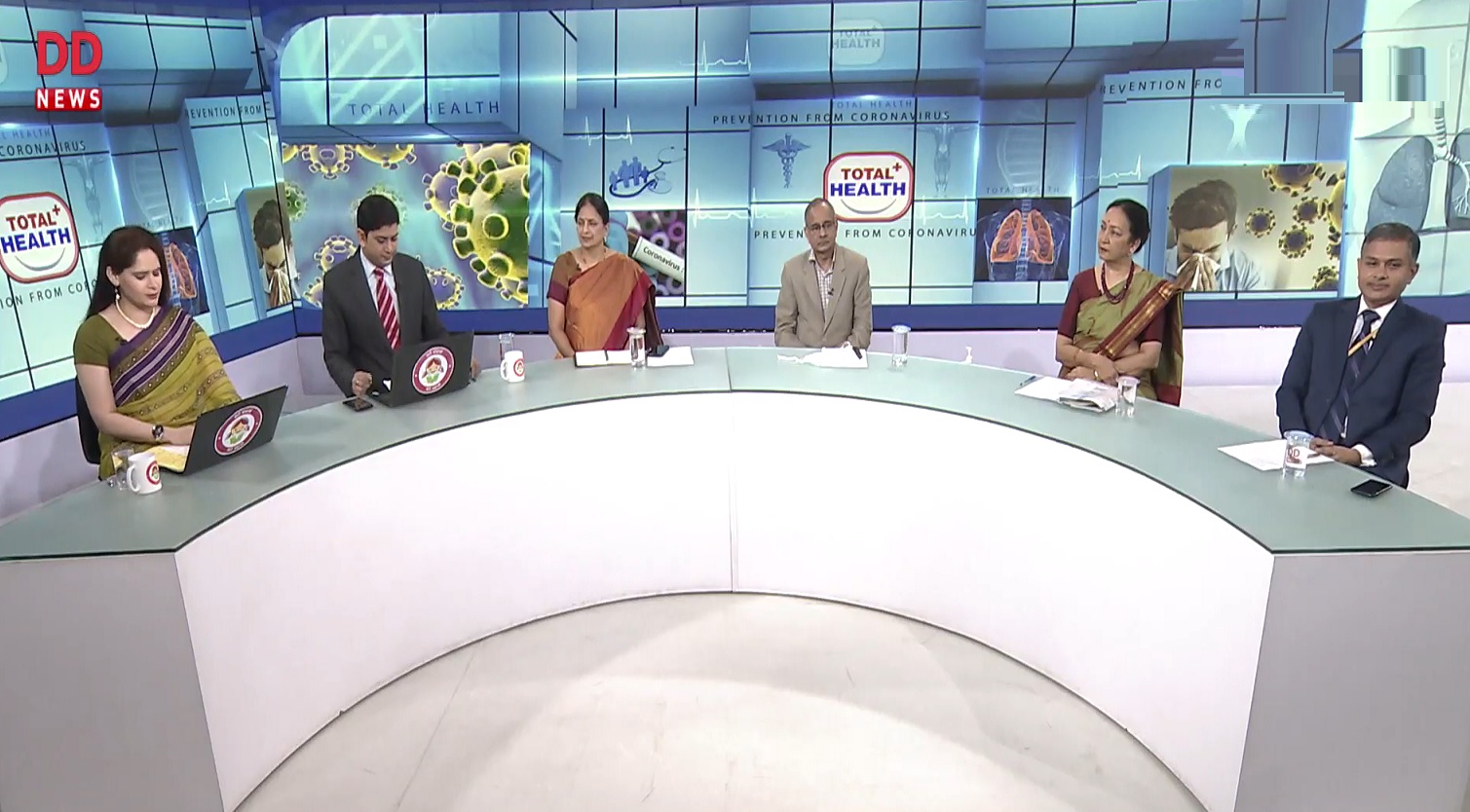With a resounding roar in the clear sky of Sriharikota, the Indian Space Research Organisation’s (ISRO) GSLV-F12/NVS-01 mission was successfully launched from Satish Dhawan Space Centre in Sriharikota on Monday (May 29).
“After a flight of about 19 minutes, the NVS-01 satellite was injected precisely into a Geosynchronous Transfer Orbit,” said ISRO.
“NVS-01 has been placed in a precise orbit by GSLV. Congratulations to the entire ISRO team for making the mission happen,” said ISRO Chairman S. Somanath in his post-launch address from the Mission Control Centre.
The 51.7-metre GSLV-F12 placed the NVS-01 satellite into a Geosynchronous Transfer Orbit. GSLV-F12 is the 15th flight of India’s Geosynchronous Satellite Launch Vehicle (GSLV) and the 9th flight with an indigenous cryostage. In addition, it is the 6th operational flight of the GSLV with an indigenous cryogenic stage.
The NVS-01 is the first in the second-generation navigation satellite series, which will ensure continuity of legacy NavIC services and also provide new service in the L1 band. NavIC stands for Navigation with Indian Constellation and is the operational name of the Indian Regional Navigation Satellite System (IRNSS). NavIC provides accurate real-time positioning and timing services over India and a region extending approximately 1500 km around the Indian Mainland.
NVS-01 has a lift-off mass of approximately 2,232kg and carries navigation payloads operating in the L1, L5, and S bands. ISRO also informs that the mission life of NVS-01 is expected to be about 12 years.
“The L1 navigation band is popular for providing position, navigation, and timing services for civilian users and for interoperability with other GNSS (global navigation satellite system) signals,” ISRO said.
Simply put, NavIC is India's indigenous satellite navigation system, similar to other global navigation systems such as GPS (Global Positioning System) of the United States.
Another major achievement of the mission was that the satellite contained an indigenously developed Rubidium atomic clock. It is developed by the Ahmedabad-based Space Applications Centre and is an important technology that only a handful of countries possess.
NavIC is useful in various sectors such as terrestrial, aerial, and maritime navigation, precision agriculture, fleet management, marine fisheries, orbit determination for satellites, geodetic surveying, and location-based services on mobile devices, among others.


















